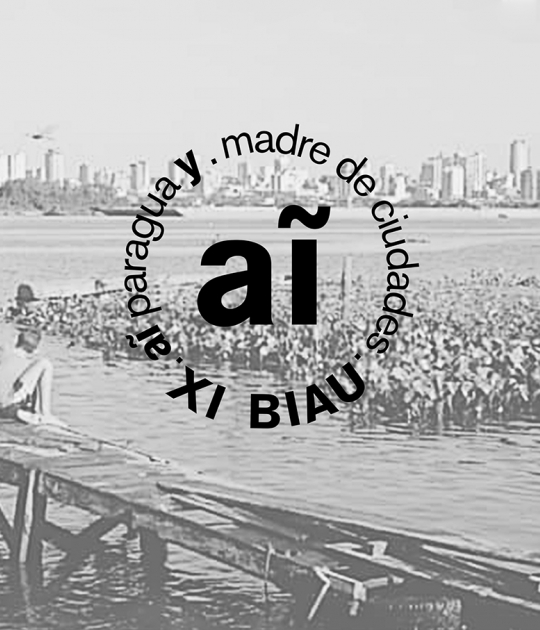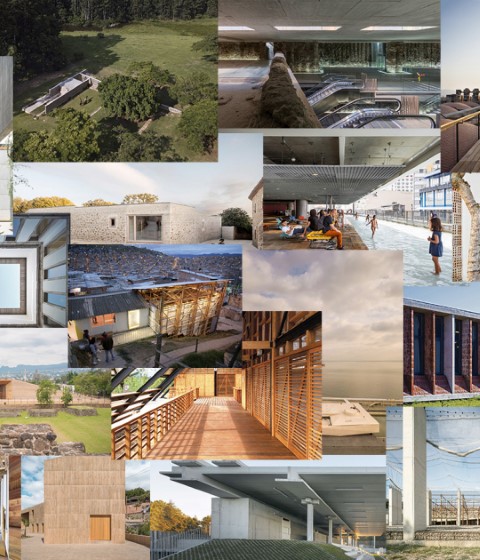For a long time, the calls for BIAUs seemed like zones of darkness, in which trying to access them meant exploring sordid barely visible galleries, which only generated anxiety for those who wanted to participate or propose.
Compared to previous editions, with an almost hostile and ironically “almost perfect” silence, we had become accustomed to that dubious world, we even considered that another way of doing biennials was impossible that it could exist. The public call through a contest for this latest edition has been a breath of fresh air.
So being the first edition of the BIAU in this new stage meant many challenges for those who have been its curators after winning the public competition: Guillem Augé and Anna Vergés. A challenge that even increased in scale when they intelligently proposed sharing the curatorship in Mexico with Raúl Cárdenas and including hybridization with the directors of the Mextrópoli Festival, Miquel Adrià and Andrea Griborio.
What could suppose a conflict of interest and that both events covered each other, has turned out to be the opposite, it has become an increase in ideas, an increase in participation, generating a greater echo, presenting pressing issues that mark the present and determine the near future, involving proposals from all of Ibero-America.
A selection that has also meant a great difference from the previous world of dark labyrinths and that has been carried out through a large group of juries that have been selecting proposals for each of the sections, in which the different fields of creativity from current problems and issues such as the social, through prisms such as climate, soil, transformation and work, technology or coexistence between species.
Local and international emerging architects have invited us to think about other types of relationships with our surroundings, through the construction of different scenarios in the numerous venues that have emerged throughout Mexico City.
The result has been an intense and generous approach to the issues that haunt the reality of architecture, its authors, and a look at a society that needs architects who are close and involved with the problems. The search for architectural resilience seems to emerge in the recognition of the winners, with new approaches, or simply highlighting approaches that had been ignored.
What was raised on other occasions confusingly or unbelievably, on this occasion by the curators and organizers (including MITMA, CSCAE and especially from the General Directorate of Urban Agenda and Architecture, directed by Iñaki Carnicero), has meant the beginning of a new type of events on architecture, which can well remind us of Borges' text:





































